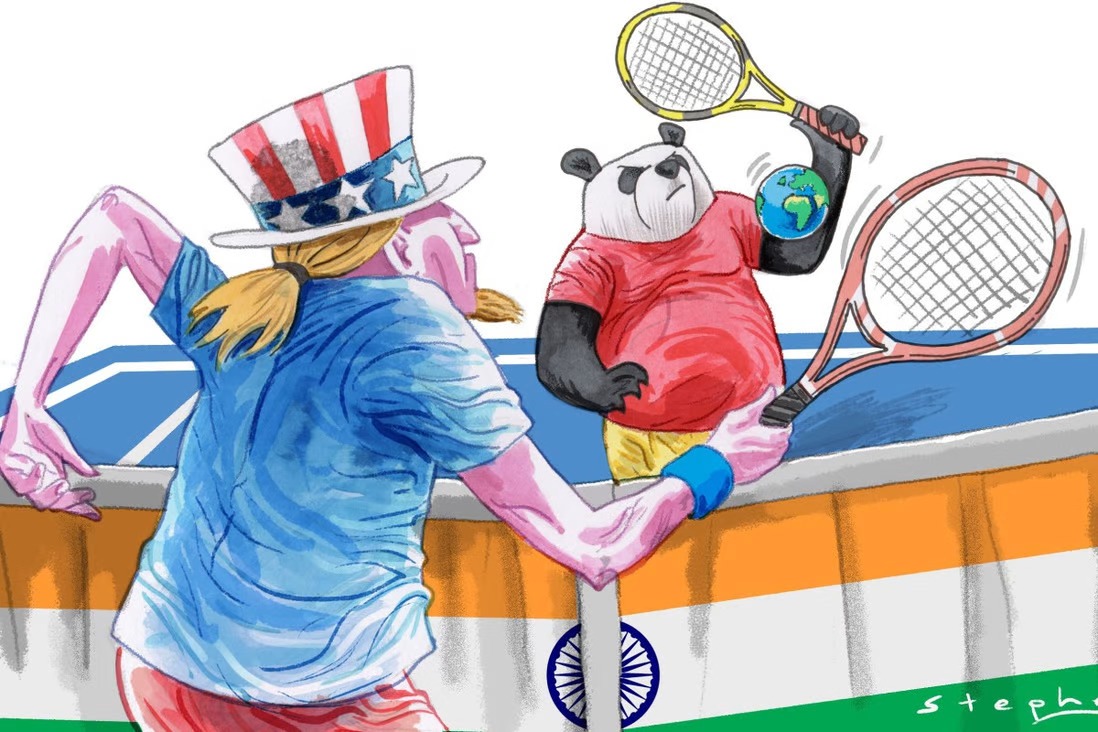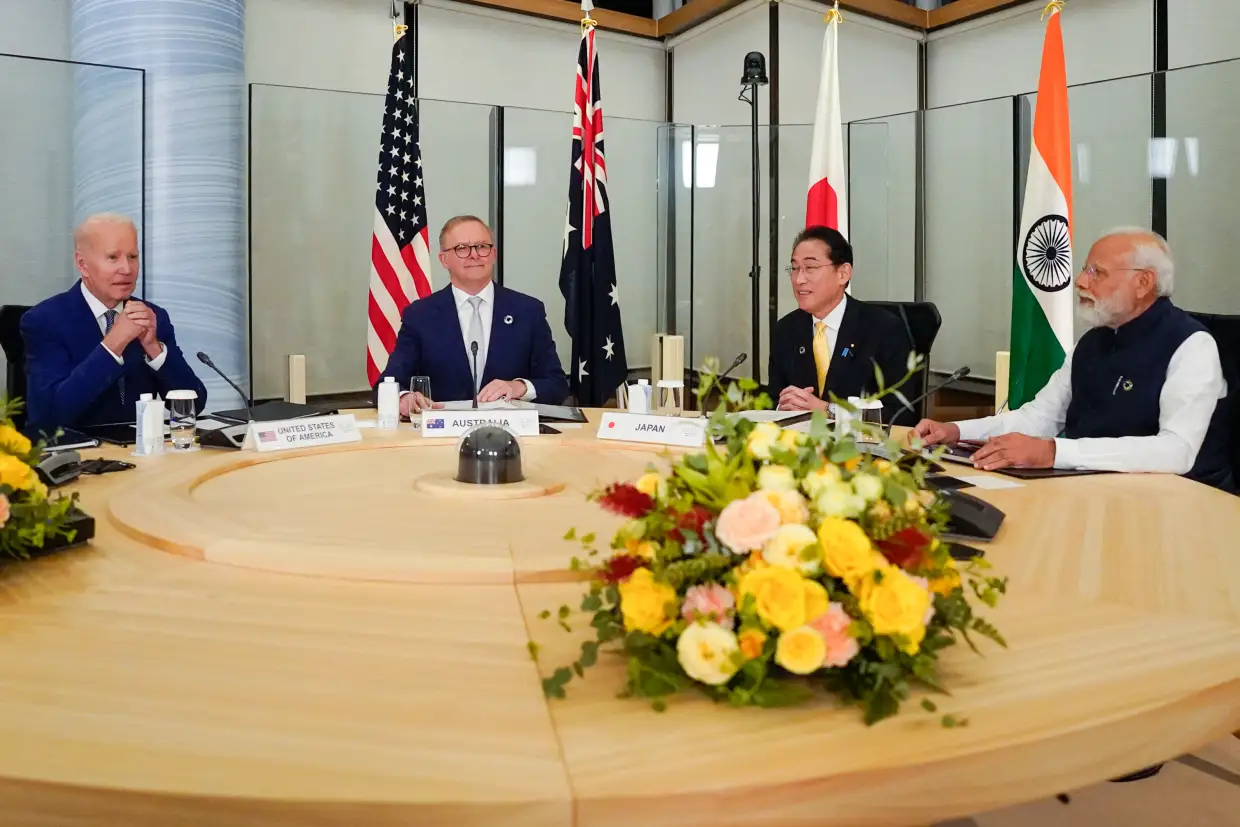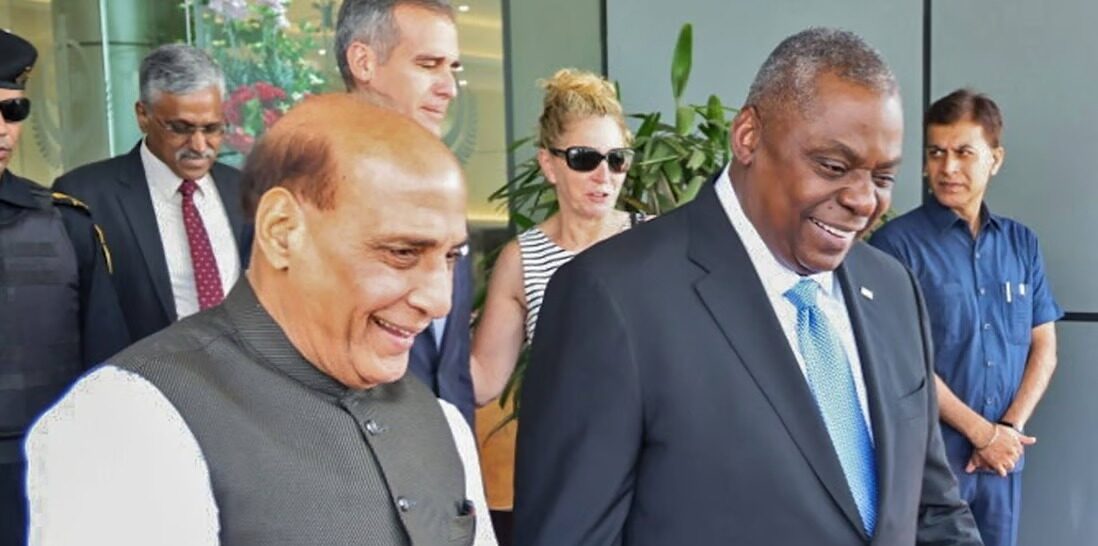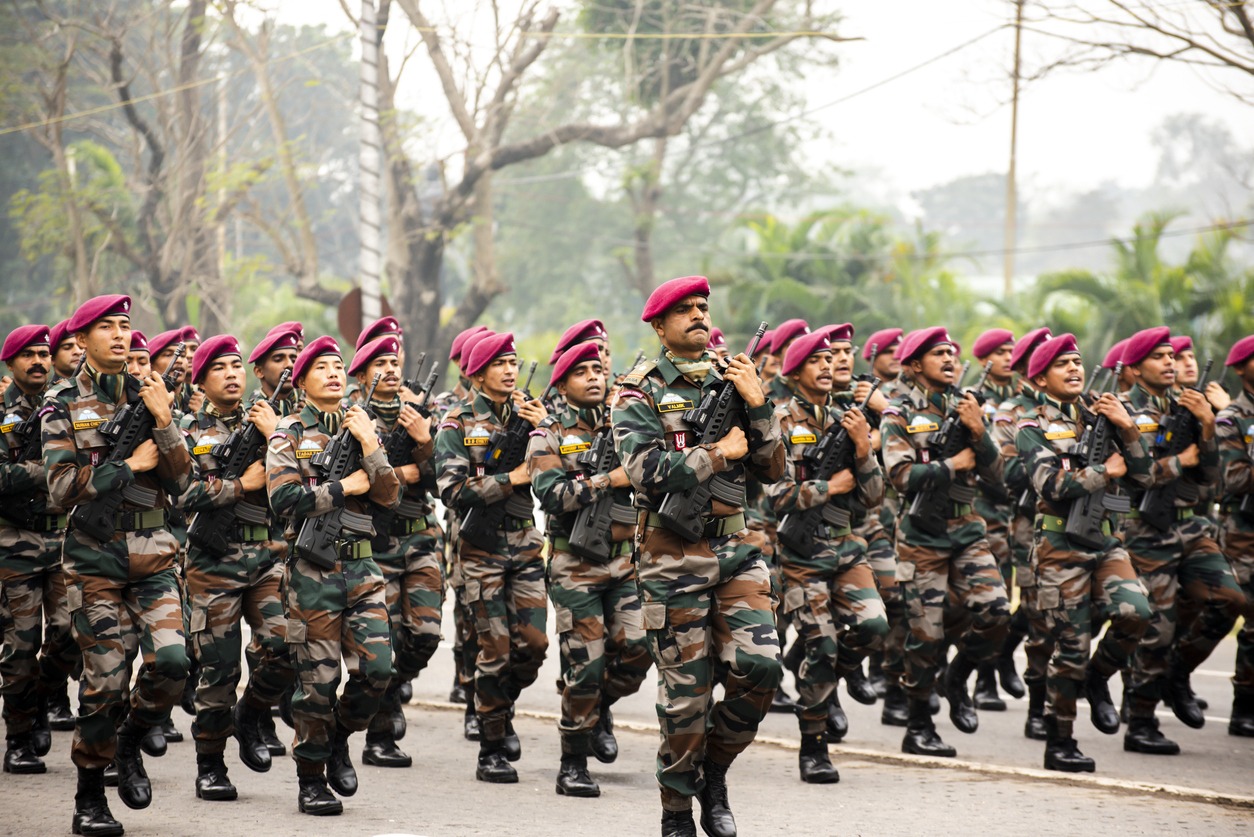A Wary India Remains Caught between the US-China Geopolitical Contest
SOUTH CHINA MORNING POST
APLN member C Uday Bhaskar argues that any substantive change in the US-China relationship in either way will affect New Delhi’s security concerns and aspiration to maintain strategic autonomy. Read the original article here.
As the US marks out India as a major defence partner in the Indo-Pacific and China shows increasing resolve on maintaining its territorial integrity amid its border dispute with India, New Delhi is struggling to maintain its strategic autonomy.
The troubled US-China relationship recently acquired formal articulation through two major policy documents released within a week of each other – first, the US national security strategy report, then Xi Jinping’s report to China’s 20th party congress. Both are comprehensive and aimed at the domestic audience.
As the world’s two largest economies with significant military and technological capabilities, their national strategies are framed against the backdrop of Russia’s invasion of Ukraine – with unsettling US references to “nuclear weapons” and Chinese reference to “local wars”.
A review of the two documents and how the US and China are facing off on critical security issues is instructive in assessing the implications on the evolving global and regional strategic framework.
Among the major nations, India, a swing state of considerable relevance, faces a complex set of exigencies – any substantive change in the US-China relationship in either way will affect New Delhi’s security concerns and aspiration to maintain strategic autonomy.
His administration is continuing along the path charted by the Trump team, in noting that China “is the only competitor with both the intent to reshape the international order and, increasingly, the economic, diplomatic, military and technological power” to do so.
China, with Xi Jinping beginning his unprecedented third term of leadership, has also made clear that it has assessed the “drastic changes in the international landscape, especially external attempts to blackmail, contain, blockade and exert maximum pressure on China” and decided to “put our national interests first, focused on internal political concerns”, while maintaining “firm strategic resolve”.
In outlining its strategy to “work with other regional states to keep the Indo-Pacific open and accessible”, the US referred to India as “the world’s largest democracy and a major defence partner”. This bald statement, while not new, is bound to raise the hackles for Beijing, which has been prickly about the US-India maritime relationship.
To hammer the point home, the report goes on to say “the United States and India will work together, bilaterally and multilaterally, to support our shared vision of a free and open Indo-Pacific”.
India has an anomalous relationship with China. It recently marked the 60th anniversary of its brief but bloody war with China, over a disputed border in the Himalayas that kicked off on October 20, 1962 (even as the Cuban missile crisis was unfolding).
Consequently, the India-China relationship remains brittle, and last year, India’s Foreign Minister Subrahmanyam Jaishankar described bilateral ties as “profoundly disturbed”. But the anomaly is that the trade relationship has become even more robust in the last two years in China’s favour.
While the Taiwan issue and the unresolved India-China border dispute are not comparable, Beijing’s determination to link territoriality with national sovereignty could alter the nature of the complex and tangled border issue with India, a legacy of British colonial times.
India remains wary of the mismatch between China’s words and deeds, and its military muscle-flexing. Hence, India’s anomalous profile as simultaneously a member of the BRICS group that includes Brazil, Russia, China and South Africa, and a part of the Shanghai Cooperation Organisation where China is the leading member, as well as being a key member of the US-led Quad.
Reading the tea leaves from China’s 20th party congress, this hope, alas, remains slim.




